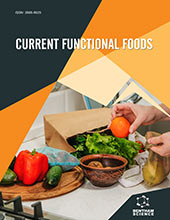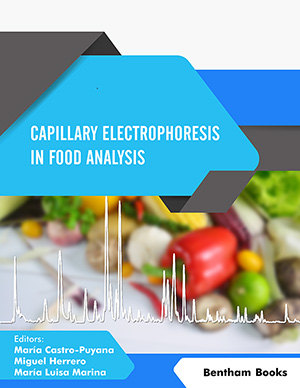
Abstract
The prevalence of pediatric overweight has increased dramatically over the past three decades, likely due to changes in food intake as well as physical activity. Therefore, information examining eating patterns among children and adolescents is needed to illuminate which aspects of eating behavior require modification to prevent and treat pediatric overweight. Because child self-report and parent-report of childrens eating habits are often inconsistent and limited by recall and other biases, laboratory-based studies in which food intake is observed and monitored have increased in number. Such studies offer objective and controlled methods of measuring and describing eating behaviors. However, to our knowledge, no publication exists that consolidates, reviews, and provides critical commentary on the literature to date in pediatric samples. In this paper, we review the literature of studies utilizing laboratory methods to examine eating behavior in samples ranging from birth through adolescence. Our review includes all relevant articles retrieved from the PubMed and PsychInfo search engines. Specifically, we examine meal-feeding studies conducted during the various developmental stages (infancy, preschool, middle childhood, and adolescence), with a focus on methodology. Included in our review are feeding studies related to dietary regulation, exposure and preference, as well as paradigms examining disordered eating patterns and their relationship to body composition. We have structured this review so that both consistent and inconsistent findings are presented by age group, and innovative methods of assessment are discussed in more detail. Following each section, we summarize findings and draw potential conclusions from the available data. We then discuss clinical implications of the research data and suggest directions for the next generation of studies of feeding behavior in children.
Keywords: Children, eating behavior, laboratory eating, feeding, food preference, energy intake





















